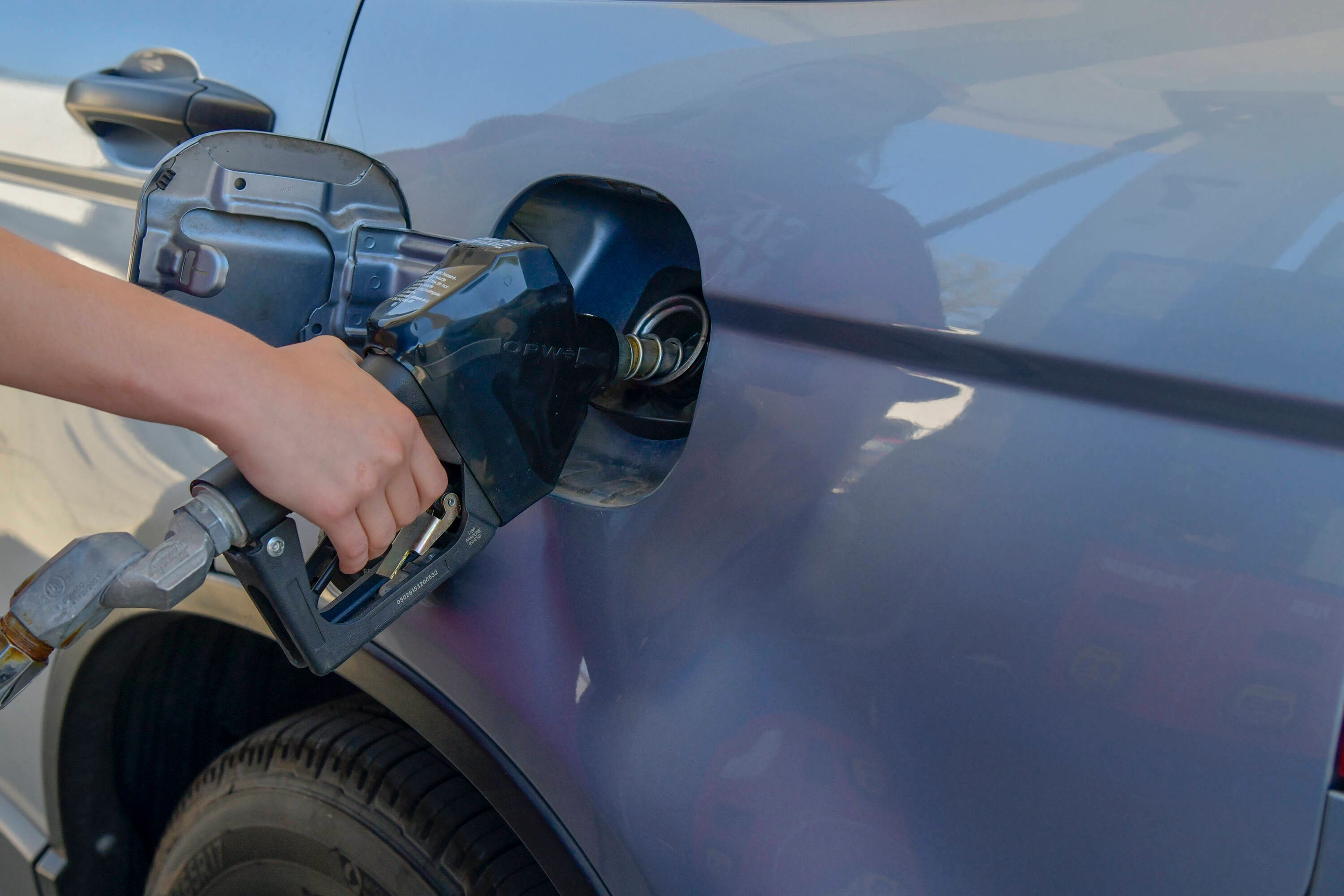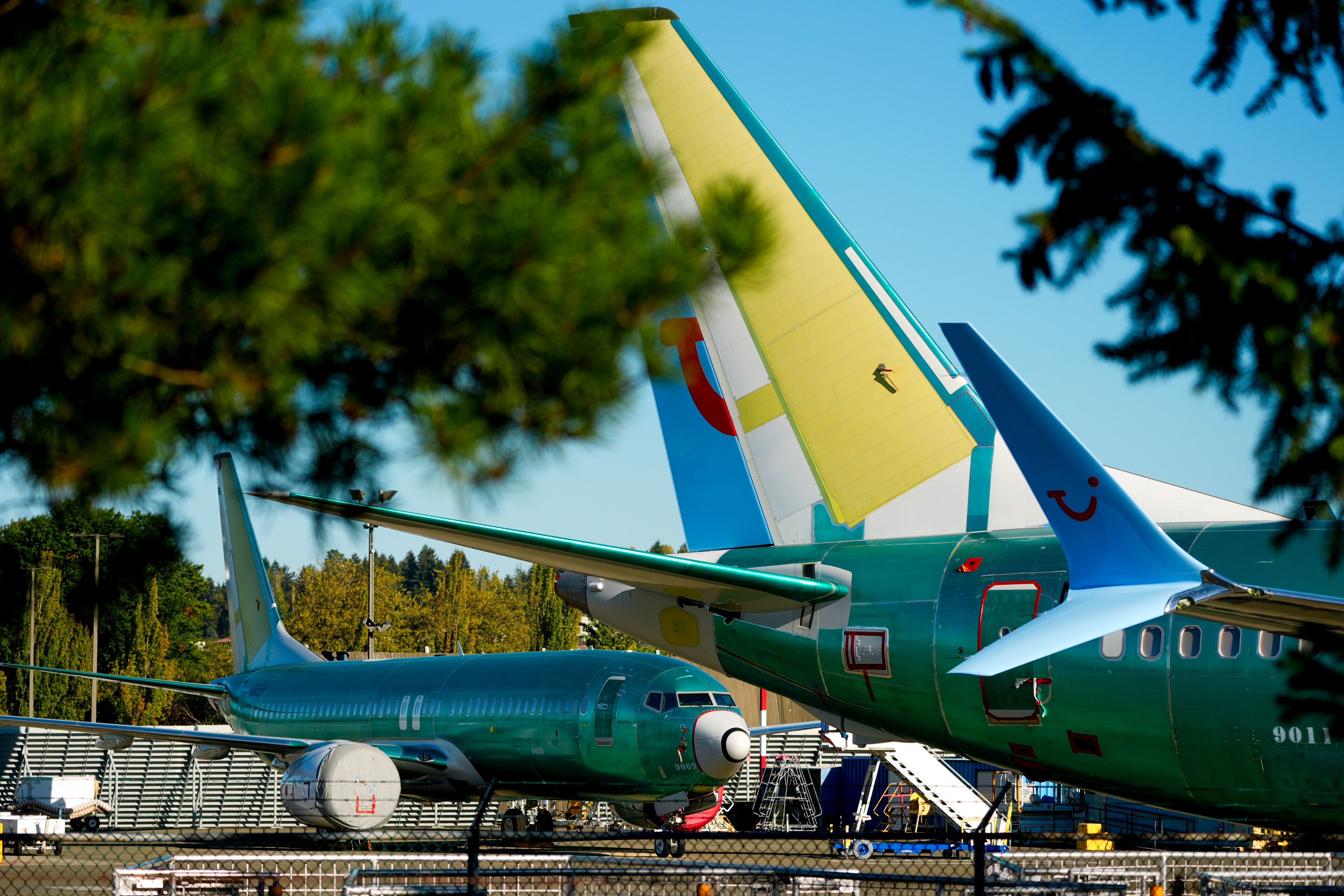STRICTLY BUSINESS: A `SMART CARD' FOR THOSE SMALL PURCHASES
"Carrying cash" is becoming a thing of the past. A new electronic cash card -- they call it "Smart Card" -- could eliminate the necessity of carrying even the smallest amount of cash, for coffee, candy bars, magazines and other items under $20. MasterCard, Visa, Citibank and Chase Manhattan have teamed up to produce the smart cards for small purchases, and a pilot program will be launched this fall...
"Carrying cash" is becoming a thing of the past.
A new electronic cash card -- they call it "Smart Card" -- could eliminate the necessity of carrying even the smallest amount of cash, for coffee, candy bars, magazines and other items under $20.
MasterCard, Visa, Citibank and Chase Manhattan have teamed up to produce the smart cards for small purchases, and a pilot program will be launched this fall.
Portable terminals will be provided for use of the cards.
To make purchases, a person places the card into the small terminal. A display shows the amount due, and the customer pushed a button to confirm the sale.
The money is then deducted from the card's balance and transferred to the vendor's coffers.
U.S. consumers spend more than $80 billion annually on transactions under $20, say economists.
Cash card systems have been used in other countries. They have been used in Denmark since 1992 with good interest. But in Swindon, England, a cash card has attracted only 10,000 participants since it was launched in July.
Catching up with Ben's facelift
After more than 60 years, Benjamin Franklin has received a facelift.
The $100 bill, which bears a portrait of Franklin, received a new look recently. The U.S. Treasury Department started issuing the newly-designed $100 bills last month.
Design changes for the $1, $5, $10 and $20 bills will be introduced later.
Charles Henderson, a spokesman for the Federal Reserve Bank in St. Louis, said the changes will make it more difficult to counterfeit the bill. Although the changes were made for practical reasons, the new bill will have a more aesthetic look.
"All the elements introduced will help to stay ahead of counterfeiters," Henderson said. "As printing technology has advanced over the years, it made it much easier to reproduce."
Because the $100 bill is the most commonly counterfeited bill in the country, a task force of government officials studied what could be done to reduce the number of counterfeit bills being printed. The conclusion was to alter the bill's design.
Here are some of the changes to the bill:
-- A larger portrait of Benjamin Franklin, moved slightly off-center.
-- A watermark to the right of the portrait.
-- A security thread that will be positioned at different parts of each new denomination. The thread will glow red when it is exposed to ultraviolet light in a darkroom.
-- A change in ink color. The numeral in the lower right corner will shift from green to black when held at different angles under a light.
"We will start to introduce it as the older $100 bills come back to the Reserve Bank," Henderson said. "The look of the bill will be different and people will notice that."
Although new bills will be circulating, the older ones are still legal. As local banks send the old bills back to the Federal Reserve branches for shredding, new bills will be sent as replacements, Henderson said. The average life expectancy of a $100 bill is nine years.
"It will always be honored by the government as legal tender," he said. "Most people were concerned that their $100 notes will still be good."
There are no definite figures on the amount of $100 bills still in circulation. But an estimated 240 billion bills -- of all denominations -- are thought to be in circulation worldwide.
Although the $100 bill is the largest bill now printed, a few "$10,000 bills" are still in circulation.
In 1969, the government stopped printing bills larger than $100. The design of the American dollar hasn't changed much since 1928, except for the Susan B. Anthony coin dollar, which never really caught on.
'No booze' is the news!
The two-martini lunch has gone the way of the horse and buggy, say respondents who participated in a recent nationwide telephone survey by the Gallup Organization.
Gallup pollsters conducted the study for "Accountants on Call" (AOC), which specializes in the placement of temporary and permanent accounting and finance personnel throughout the world.
When asked if drinking alcoholic beverages at a business lunch was acceptable, 73 percent of those surveyed said no. Twenty-five percent said one cocktail at business lunch was acceptable; 2 percent had no opinion.
Business dinners are another story.
More than half (51 percent) of the people surveyed say alcoholic beverages at a business dinner are acceptable, while 47 percent said alcohol is still unacceptable at a business dinner.
The surveys on alcoholic beverages at business luncheons and dinners are part of the AOC's ongoing "Profiles of the American Worker" series that summarizes the opinions, attitudes and behavior of employed Americans concerning work-place issues.
During the past year, AOC surveys have indicated that 50 percent of workers "wouldn't change a thing" if they could start their careers over and that 70 percent of employees are satisfied with their jobs "most days."
And coming up soon will be a survey on what the American people think is the fairest income tax system -- a flat tax, the current tax system or a consumption-based tax system.
Full- and part-time workers were included in the survey.
The acceptability of drinking alcoholic beverages at either lunch or dinner is highest among college graduates, those with household incomes that exceed $40,000 annually and people employed in professional and business or clerical and sales occupations.
While a dinner cocktail is clearly an acceptable practice among college graduates (61 percent), only a third of those surveyed favored an alcoholic beverage at lunch.
Among survey participants who have some or no college education, a drink at lunch is simply unacceptable (78 percent said no).
Eighty percent of those surveyed who work in manual labor say no to lunch-time imbibing, and 57 percent say no to alcoholic beverages with dinner. This compares to 67 percent for clerical and sales workers who say no to lunch-time alcohol; 42 percent say no to dinner cocktails.
While men do not vary significantly from women in their attitudes toward drinking at a business lunch, they are more likely than women to say it is acceptable behavior to drink alcohol beverages during a business dinner (58 to 43 percent).
The survey, conducted in January, is based on telephone interviews with 6,985 adults, 18 and older, who are employed either full- or part-time.
Connect with the Southeast Missourian Newsroom:
For corrections to this story or other insights for the editor, click here. To submit a letter to the editor, click here. To learn about the Southeast Missourian’s AI Policy, click here.





